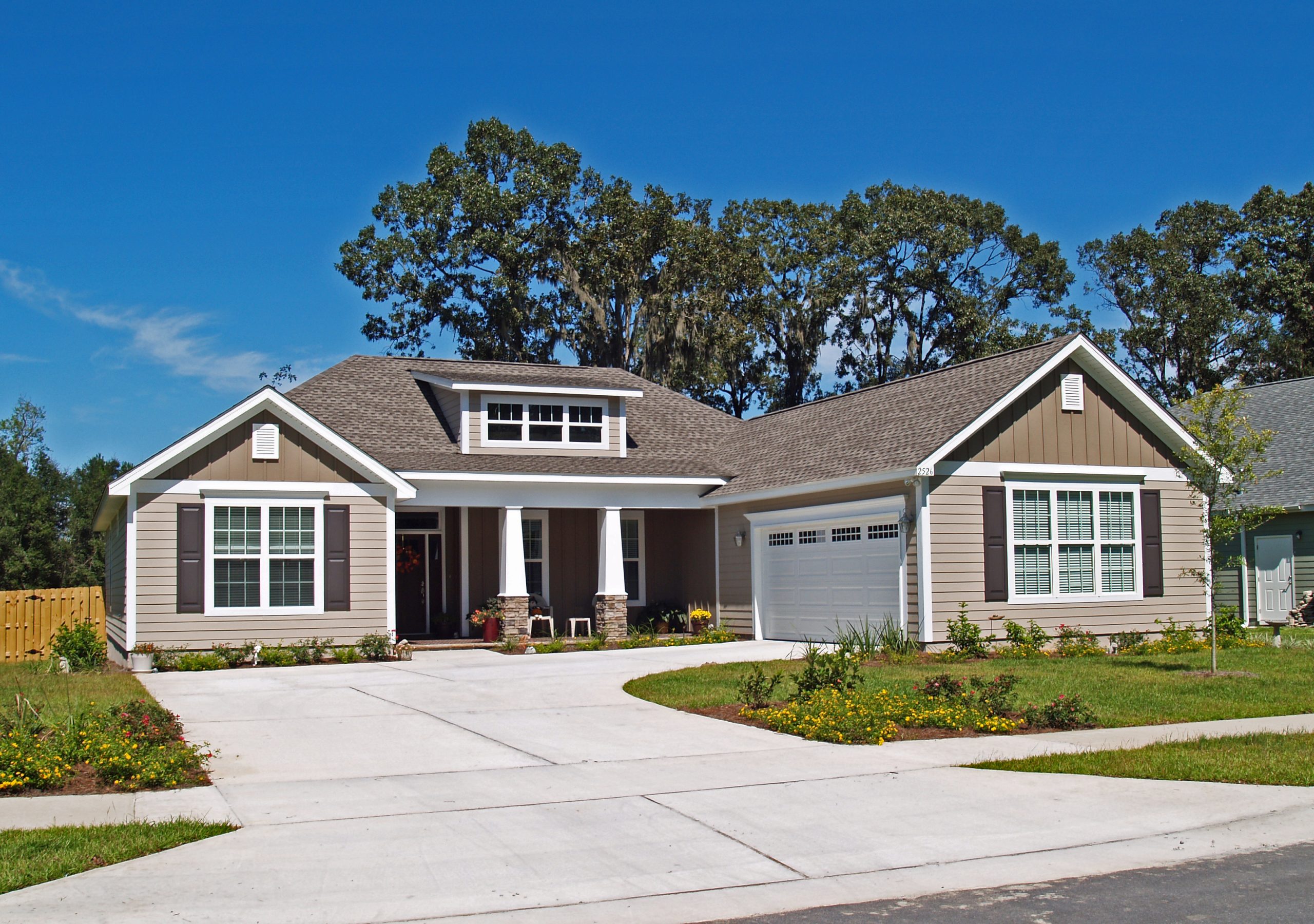
In our last post, we explored the top obstacles that can make aging in place difficult—like home safety risks, difficulty with daily tasks, and social isolation. These challenges often raise a critical question for older adults and their families:
Can my current home support the life I want to live as I age?
Whether you’re considering staying in your current home, downsizing to a more manageable space, or moving to a senior living community, it’s important to understand what makes a home truly supportive for aging in place.
What Makes a Home Age-Friendly?
At Forevermore Homes, we specialize in helping seniors and their families make informed housing decisions. As Seniors Real Estate Specialists® (SRES®) and Certified Aging in Place Specialists (CAPS), we’ve seen firsthand how the right home features can dramatically improve safety, independence, and quality of life.
Here are six essential features to look for in a home that supports aging in place:
✅ 1. One-Level Living
A single-story layout eliminates the need to navigate stairs, reducing fall risk and making daily movement easier—especially for those using mobility aids like walkers or wheelchairs.
✅ 2. Low-Threshold, Covered Entry
A minimal step at the entrance shortens the ramp needed for accessibility, while a covered entry protects from rain, snow, and ice—making entry safer and more comfortable.
✅ 3. Wide Doorways
Doorways that are at least 32 inches wide allow for safe, easy passage with wheelchairs, rollators, or walkers—ensuring mobility isn’t restricted by narrow spaces.
✅ 4. Accessible Bathroom
Features like grab bars, roll-in showers, non-slip flooring, and comfort-height toilets help prevent falls and support independence with personal care.
✅ 5. Space for a Caregiver
A flexible room—such as a guest bedroom or den—can accommodate a caregiver if needed, offering support without sacrificing privacy or comfort.
✅ 6. Engaged Location
Living near friends, services, and community activities helps prevent isolation and supports a connected, fulfilling lifestyle. Proximity to healthcare, grocery stores, and transportation is also key.
Looking Ahead: Modify or Move™?
Now that you know what to look for in an age-friendly home, the next big question is:
Should I modify my current home—or is it time to move?
In our next post, we’ll introduce our Modify or Move™ framework to help you evaluate your options. We’ll walk you through the pros and cons of each path so you can make a decision that supports your safety, independence, and long-term goals.
Want the Full Guide Now?
If you’re ready to dive deeper into all your housing options without waiting for the full blog series, you can download the complete workbook today. Navigating the Next Chapter: Housing Options for Seniors in Transition is packed with expert insights, practical worksheets, and step-by-step guidance to help you or a loved one make confident, informed decisions.Click here to get your complimentary copy now.
About Forevermore Homes
We’re the Forevermore Homes Team of Coldwell Banker, and we’re passionate about helping seniors and their families make confident, informed decisions about housing and care. Whether you’re exploring aging in place, downsizing, or considering a continuing care retirement community (CCRC), we’re here to guide you every step of the way.


 Facebook
Facebook
 X
X
 Pinterest
Pinterest
 Copy Link
Copy Link

